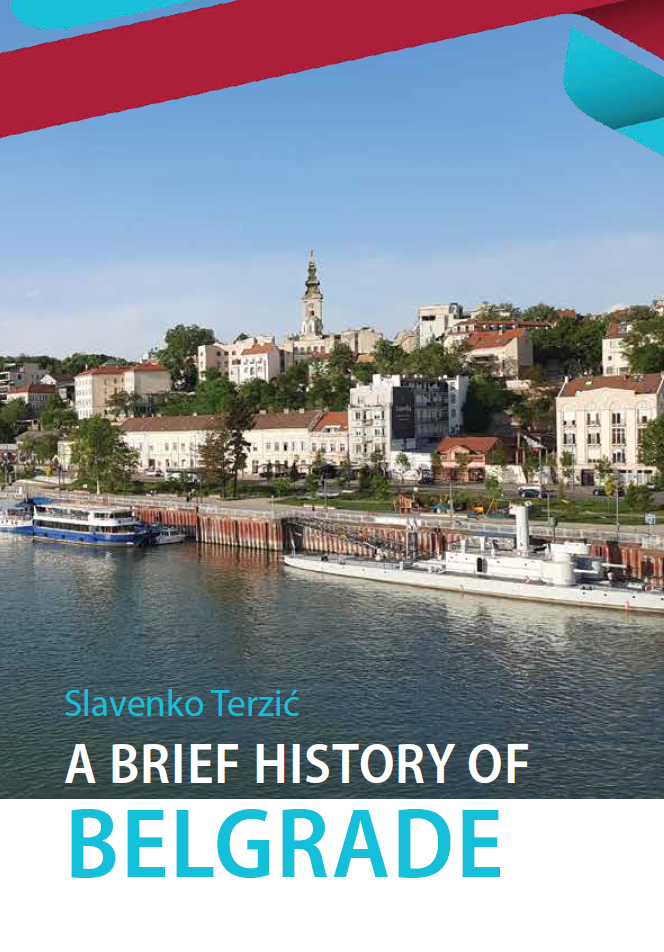A journey through the world of winemaking in Serbia
Grab a comfortable seat, pour a glass of your favorite wine, and join us in this tasty journey! Yes, you guessed right! You will follow together with us the wine routes across Serbia through from the very beginning until nowadays.
Roman Empire and the beginning of winemaking in Serbia
Following the wine routes in Serbia through history, brought us to the Roman empire, and the early centuries. During the archeological excavations of Sirmium (an ancient city in Roman Pannonia province – modern-day Sremska Mitrovica in the Serbian province Vojvodina) and other ancient sites in Serbia, many amphorae were found. Amphora (clay vessel with a pointed bottom and characteristic shape with two handles that meet the amphora body at a sharp angle) was a “golden standard” for wine distribution in the Roman Empire.
The wine route in this period was established by the Roman tzar Domitian. However, the wine was “exported” from the other regions of the Roman Empire, and for the winemaking beginnings on the territories of nowadays Serbia we need to travel further to the next epoch – the reign of the Roman Emperor Marcus Aurelius Probus.
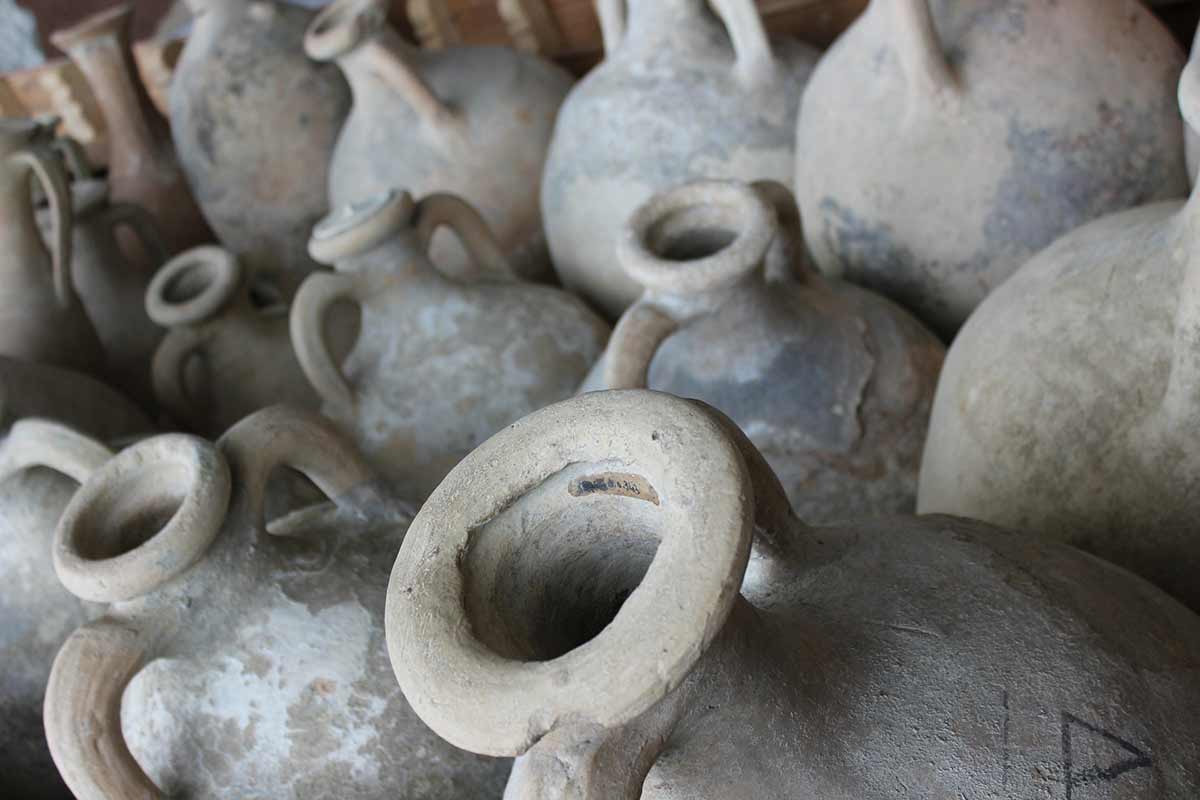
The beginnings of winemaking in Serbia
Serbian sommelier, Aleksandar Bikicki speaks for vinsketure.rs about the beginnings of winemaking in Serbia. According to Aleksandar, Marcus Aurelius Probus planted vines on the slopes of Alma Mons (Fruška Gora) in the vicinity of Sirmium. That is considered as a starting point for winemaking in Serbia, and it will be our next stop in our wine route through Serbian history.
The wine quickly became a favorite drink of Serbian aristocracy. Further development followed the establishment of the Serbian state in the 8th and 9th centuries, and especially during the reign of the Nemanjić dynasty, that started in 11th and lasted towards the end of the 14th century.
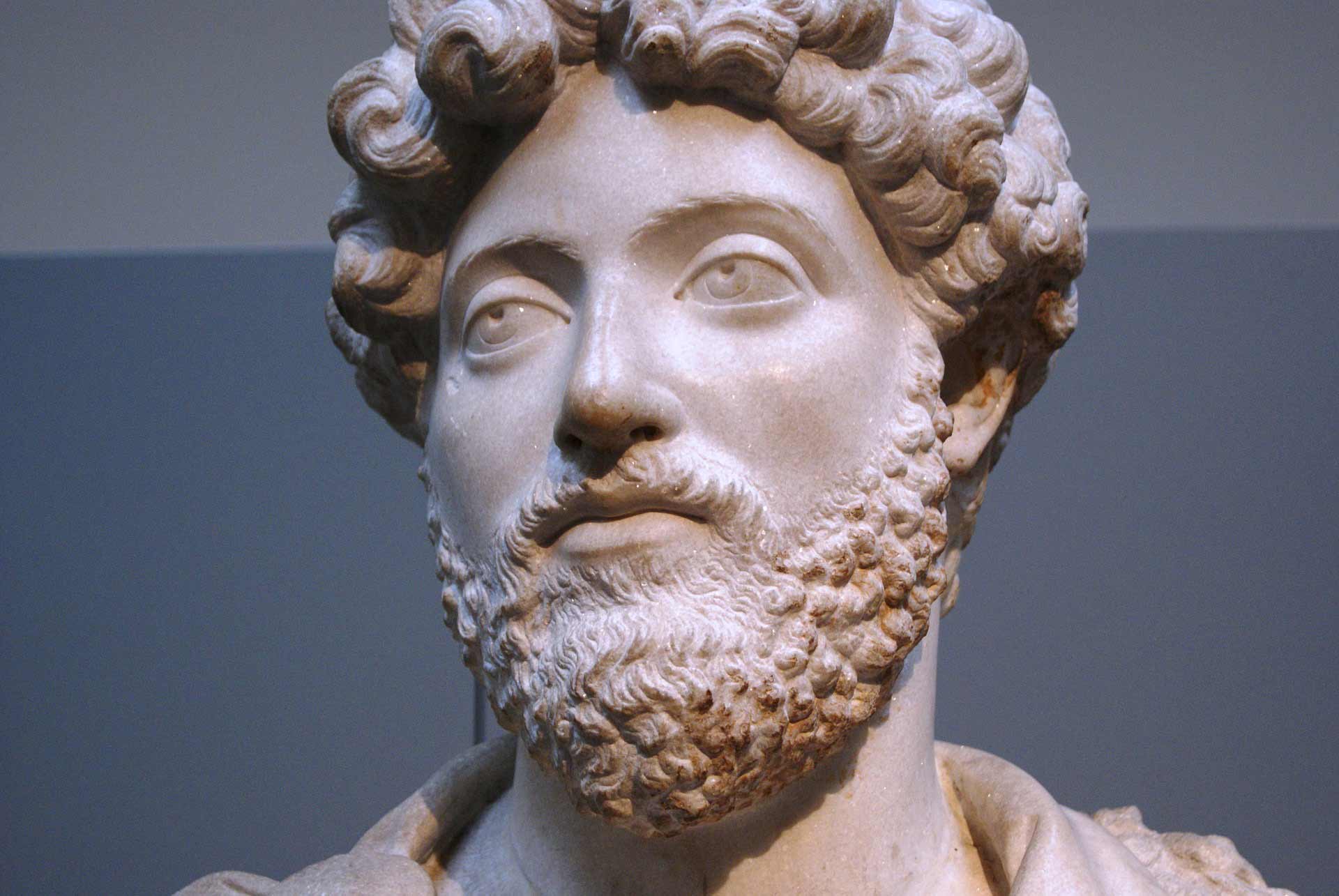
Organized winemaking in Serbia
Serbian poet from the late 18th century, Zaharije Orfelin used to say that the best Serbian wines are monastery wines. He, himself was a wine enthusiast and winemaker. Since he was born and lived in the Austro-Hungarian monarchy territories, he preferred red wine and the popular type of rose wine “Schillerwine”. Your host on this journey strongly recommends you to try Orfelin wines from “Kovacevic winery’’ (both white and red).
During 1848, under the Austro-Hungarian reign, organized wine production began in Serbia, with the establishment of Navip's cellar. Built on a solid foundation, Navip has become one of the largest wine producers in the whole region.
Until the end of WWII, the wine was not bottled but rather poured directly from barrels, which is still a tradition today, especially with the small producers.
Winemaking in Serbia – modern days
Despite having a tradition in winemaking for over a millennium, Serbian people do not consume wine as expected. To illustrate that fact, we can just compare Serbian 4L of wine per capita yearly to the other European countries with a strong tradition. For instance, French people drink almost 60L per capita yearly, while Italians drink almost 55L yearly.
Nowadays, the largest winemaking production is Vršac vineyards with about 1,700 hectares in wines. Navip from Belgrade is still present, and Rubin from Krusevac has about 700-800 hectares of vineyards, followed by the Negotin region, Aleksandrovacka parish, Sremski Karlovci, Smederevo, Palic, and Dzervin from Knjazevac.
The most popular types are Riesling, Traminac, Sauvignon, Semion, Pinot, Chardonnay, Merlot, Smederevka, Zupljanka, Prokupac, Vranac, Game. There are indigenous grape varieties – Prokupac and Tamjanika. Both sorts have a specific aroma and taste, and once again there are becoming more popular.
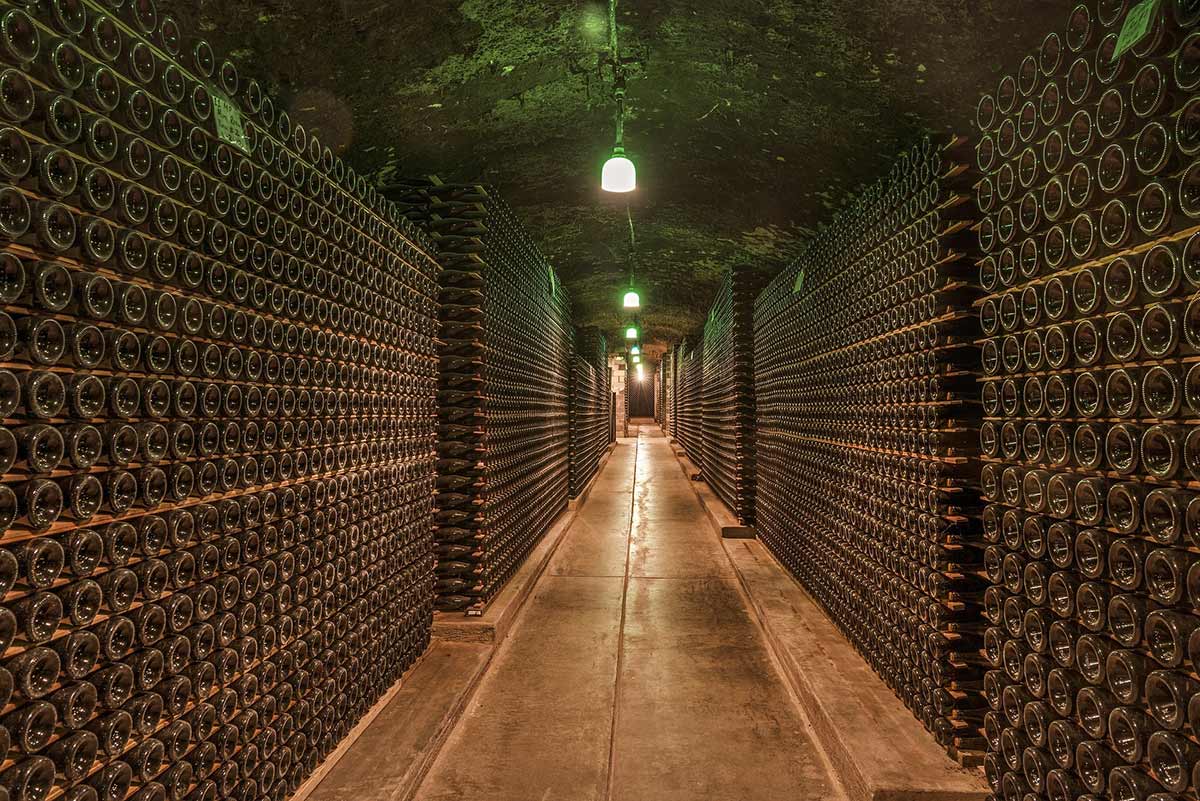
The best Serbian wines:
The last stop on our wine journey is today! All this wine talk would be nothing if we cannot give some recommendations. Professional winemakers and sommeliers from Serbia selected the best wines for 2019:
Red wine gold medalist
The wine that won gold last year and took imposing 95 points on the Decanter coupage is the autochthonous variety Prokupac (45%) and Cabernet Franc. After spontaneous fermentation on natural yeasts and maturation in a new French barrel for a full 20 months. This unfiltered wine has 15% alcohol and developed complex aromas that contain vanilla, oak, plum, and ripe cherries. The preserved freshness is pleasantly permeated through the elegant and long finish.
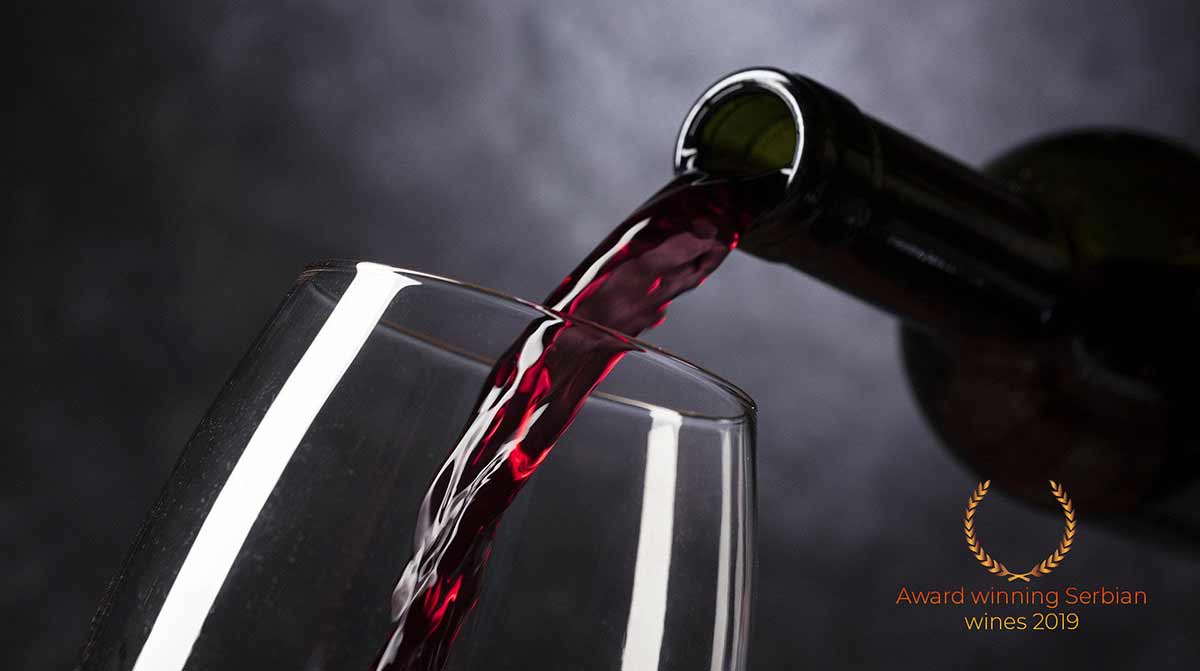
White wine gold medalist – Onyx
The atypical and original sauvignon blanc comes from the prestigious Cilić winery, placed in the vicinity of Jagodina. This is one of the most expensive white wines in Serbia on the market. The imprint of the pebble terraces from which the grapes come is noticeable in the present minerality and very complex structure of the wine, which carries as much as 15% alcohol, which is a rarity in the white segment.
The best rose wine
The best rose wine was Rose Premium 2018 Vista Hill. It is a very bright, elegant, sparkling, and multi-layered pink obtained by choosing the highest quality grapes of the Pinot Noir variety. It has discreet fruity tones of raspberry and strawberry that introduce you to a harmonious and perfectly balanced wine with playful acids that was a real little hit this summer in several countries in the region.
Sparkling wine gold medalist
Princeps Brut Nature 2015 Deurić
Fruška Gora winery Deurić has as many as two wines among the three best-placed sparkling wines in Serbia. This elegant pinot noir brut comes from the Princeps position, has been aged for 36 months on the sediment, was bottled without additional dosage, and brought a silver medal from Decanter this year.
We are getting close to the end of our little wine trip. Your host during this journey likes red wine “Zivot teče” from the winery “Zvonko Bogdan” (“Life goes on”). What about you? What is your favorite wine? Do you have some wine that you would like to taste from the ones above? Tell us, we would like to know! I would recommend you take some of the wine tours that became very popular in Serbia. You will get a chance to learn more about wine, history, and to enjoy good food and premium wine!




